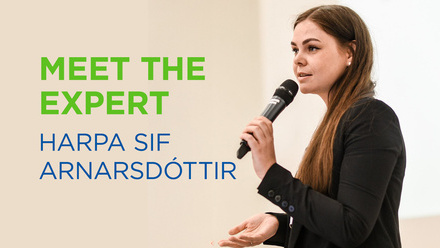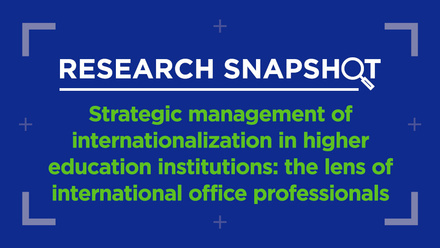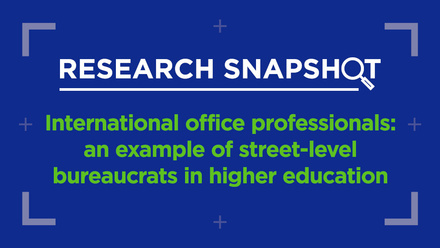The pleasures of paperless Erasmus: two case studies
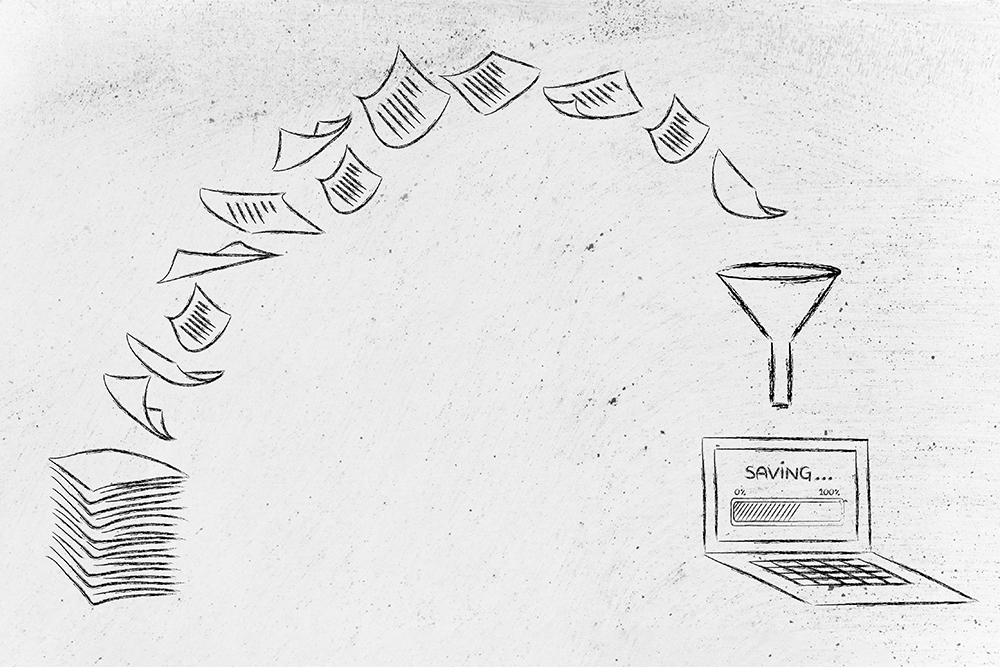
With the European Commission’s announcement that Erasmus Without Paper (EWP) will be mandatory starting with the new Erasmus programme, Erasmus Without Paper: when can I start? – but many institutions are wondering how to digitise their Erasmus processes and just how difficult the transition will be. To illustrate a couple different examples of just how rewarding it can be to go paperless, we offer two case studies of institutions that have recently taken the leap.
Breda University of Applied Sciences
When the Erasmus Without Paper project had just started, we were very interested in getting on board right away and working on the pilot group. However, the existing Erasmus processes at Breda University of Applied Sciences (BUas) did not allow us to do so; jumping straight into EWP would have meant taking a complex process and making it even more complex. But digitalisation should be a step forward in efficiency, which is why we decided to take a step back, reorganise first and then get on board.
Step one was to look at what was already there, visiting every faculty and taking the time to document their outgoing exchange process. The results yielded some interesting insights, for instance:
- there were eight different processes to cover only five faculties; and
- the same set of Erasmus papers were stored in nine different places on different drives.
So, the change began: in February 2019, we implemented a completely new, centrally coordinated process, which could be completed via the students’ portal and which stored Erasmus documents in one central place in the student information system.
With the new central process in place, we were now ready for EWP, and more specifically the Online Learning Agreement (OLA). As the OLA runs through the Erasmus Dashboard, faculty members were a bit apprehensive to start working with an unfamiliar application (a situation which probably sounds familiar in a lot of institutions). To convince them to give it a try, we demonstrated the advantages of OLA with a before-and-after scenario.
For the ‘before’, we created a sped-up video of a student getting her Learning Agreement signed via the old process, recording the (lead) time and number of steps taken to complete a paper version of a Learning Agreement. In the end, it took a total of 20 steps and lasted 45 minutes, not including student wait time.
While people were laughing at the ridiculousness of the amount of printing and scanning that was shown in the ‘before’ situation, showing the ‘after’ situation was then easy: just click, sign and send!
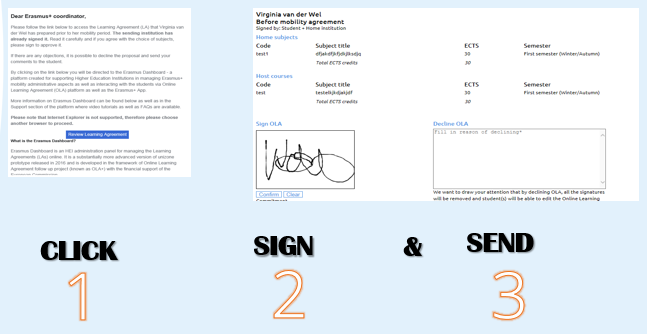
What we noticed in the first period of working with the OLA is that the challenge lies in getting partner universities on board. Some of them are simply not able due to their internal policy. So, until the new Erasmus programme goes live, we have agreed on a temporary solution: it is easy enough to print the Online Learning Agreement in PDF format in the final stage, manually sign it and send it to the students.
University of Bergen
At the University of Bergen (UiB), we took the opposite approach, deciding to go for the digitisation of the Learning Agreement as soon as we had the chance.
We have a combination of a decentralised and centralised organisation of the Erasmus programme at UiB: all LAs are signed at the faculty level, but they are stored centrally. Using the Erasmus Dashboard was of course a big step forward. While the hard copy had to be signed and scanned several times, sent back and forth, and then had to be printed or saved manually, the Dashboard covers all these processes and all OLAs are stored digitally in one place!
So, where are we today, three years later? We never looked back
So, after hearing about the OLA and being asked to test the tool during summer 2016, the Institutional Erasmus Coordinator and the international coordinators at two different faculties started preparing the launch of the OLA for outgoing students. The International Centre and the Institutional Erasmus Coordinator took on the lead for this process, realising that this would be an investment that would require some effort, but that it would save time and energy in the future. Convincing the outgoing students was really no job at all, and getting our colleagues on board was not difficult either, as the International Centre offered support and training to them and their students.
Getting the information out to our partner universities was a bit trickier. Because we were one of the first universities introducing the OLA, we also had a harder job with this than most of you starting today will have – now everyone knows the OLA! One of our biggest challenges for the first round of students was getting the signature from the partner university online. Not all of our students get all three signatures online, but the numbers are increasing every semester, and last semester two-thirds of our outgoing students were able to finalise their OLA online. However, as was also the experience at BUas, the time is not wasted: the student can simply download the pdf that already has the student’s and the home coordinator’s signature, and take this to the host university to obtain the final signature.
So, where are we today, three years later? We never looked back, gradually implementing the OLA at all our seven faculties. And yes, we did have to make some extra efforts to figure out how to make the OLA fit our processes along the way. Finally, one year ago we decided to go all in, making the OLA mandatory for all Erasmus students. We annually receive about 900 incoming Erasmus students and send out almost 350, so of course, this was a significant decision to make. However, most of our partner universities were enthusiastic, and for us, the implementation of the OLA for incoming students proved to be a real success, as almost everyone had their OLAs signed online by all parties. However, this sometimes means that students must make two LAs (one required by their home institution in addition to the OLA), but all students seem to do this without any hesitation – and it really is easily and quickly done, as illustrated by BUas!
So our clear recommendation to any institution that isn’t yet taking advantage of Erasmus Without Paper: Just get started, and remember the payoff will come when all universities have implemented the OLA!


